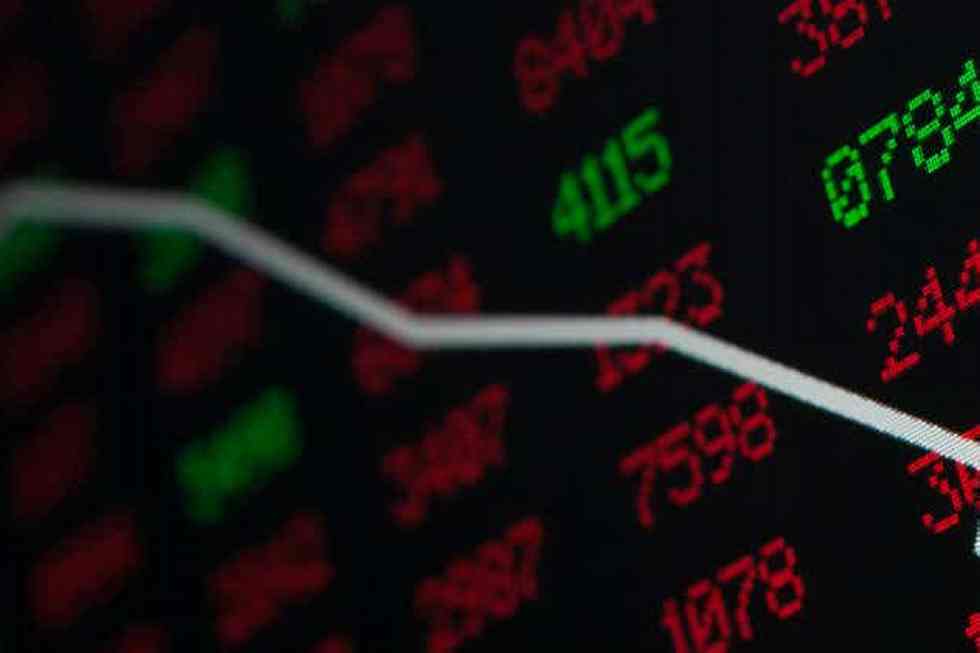Monetary markets are in freefall, however historical past suggests now is just not a time to panic. Vanguard’s Tony Kaye explains why staying the course is the most effective funding technique.
The sharp falls on world monetary markets over latest weeks – the largest declines we’ve seen for the reason that International Monetary Disaster greater than a decade in the past – have many traders understandably very involved.
Fuelled by the outbreak of COVID-19, in any other case generally known as the coronavirus, and extra not too long ago by enormous declines in oil costs, share markets in Australia and elsewhere have successfully erased all the spectacular 20%-plus positive factors they achieved in 2019.
The wild journey isn’t over but both, with expectations the fallout from these latest occasions may proceed indefinitely, as governments and companies world wide grapple with markets’ volatility and the flow-on financial shockwaves.
This chart exhibits numerous share courses and the way they’ve carried out over time, to 31 January, 2020. Key occasions are additionally highlighted. Supply: Vanguard
Coronavirus and the share market: Preserve calm and keep the course
In unsure occasions, traders typically panic and make knee-jerk selections in an try and restrict their losses.
But historical past suggests the most effective technique for long-term traders is to do the precise reverse. Slightly than getting caught up in day by day market actions, even when they’re excessive, usually probably the most wise method is to do nothing in any respect.
One of the best ways for example that is to have a look at the efficiency of funding asset courses over a for much longer time frame. And doing that exhibits traders, by and huge, have constantly achieved good returns by merely sticking to a long-term funding technique.
This 12 months occurs to mark 20 years for the reason that flip of the century, so there’s a full 20 years of market returns to analyse.
As one would count on, returns throughout totally different asset courses during the last 20 years have diversified significantly. The 2007 to 2009 interval specifically exhibits a pointy deterioration in asset values initially stemming from the 2007 US subprime property disaster that sparked the GFC.
After peaking in November 2007, the Australian share market plunged 54% over the 14 months to February 2009, earlier than starting a long-term restoration run.
Funding markets have skilled many bouts of volatility since then, pushed by various occasions together with pure disasters, Brexit, wars and up to date worries round US-China commerce tensions.
Nevertheless, regardless of this, the US and Australian share markets reached report highs in February, earlier than the onset of the most recent unexpected occasions.
Think about the long-term returns image
Over the previous 20 years (as much as earlier than the coronavirus outbreak), the Australian share market returned greater than 8% a 12 months on common, turning a hypothetical $10,000 funding made in January 2000 into simply over $52,000 by the tip of January this 12 months. That’s a 390% whole return, excluding any charges, bills and taxes.
A $10,000 funding into worldwide listed property over the identical timeframe would have returned round 10.2% every year and be value greater than $70,000, utilizing the identical assumptions as above. That equates to a 580% whole return.
Buyers in any of the key asset courses would have performed effectively over the previous 20 years, and clearly these with investments throughout a number of asset courses would have achieved the smoothest returns.
However you didn’t want excellent imaginative and prescient 20 years in the past to foretell that whole asset class returns would enhance over time. It’s a fundamental rule of compounding that when funding returns are reinvested over an extended interval, the worth of a portfolio may also enhance.
You may replicate this identical long-term sample over different durations of time. Having a daily funding contributions technique will enhance returns, in the identical method as obligatory and voluntary superannuation contributions add to members’ account balances within the accumulation part.
The significance of diversification
Trying into the long run, and not using a crystal ball, will probably present a cloudy short-term outlook with extra bouts of heightened market volatility as the present world occasions play out.
However savvy traders, along with having a long-term plan and never getting distracted by “market noise”, sometimes would even be following one other ‘golden rule’ – diversification.
Asset class returns will fluctuate, as they all the time do, relying on totally different catalysts.
However, as will be seen on the index chart, spreading your cash throughout a variety of investments is the best method to assist scale back your publicity to market danger.
This fashion you aren’t counting on the returns of a single asset class.
A couple of of the most typical methods to diversify are:
- Embody publicity to totally different asset courses, like shares, mounted curiosity and property.
- Maintain an expansion of investments inside an asset class, like totally different international locations, industries and firms.
- Put money into various funds managed by totally different fund managers. For instance, contemplate mixing lively with index managers.
In fact, everybody’s scenario is totally different, and the correct mix of asset courses or investments for you’ll rely in your targets, timeframe and tolerance for danger.












Leave a Reply